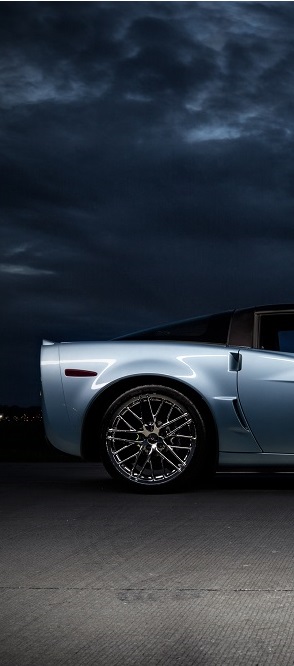

BMW — The New Six from Bavarian Motor Works, 1969-1976
The BMW made the New Six from 1968 until 1977. As the name implies, they’re all powered by a variant of a BMW inline M30 six-cylinder engine. This luxury sedan helped to establish the company’s reputation in the sporty, luxurious sedan field. The car also appeared in a two-door coupe variation that competed on the racetrack with formidable results.
BMW custom dictates that the vehicle’s name denote engine size; a sedan is E3, with a suffix letter L to indicate a long wheelbase. The coupes are all CS and, if followed by an I, indicated fuel injection or the letter L meant light weight with a more highly powered, fuel-injected engine. The German (European?) designation for brake horsepower was PS, which became obsolete in 1992 and the metric kW (kilowatts) officially replaced it as the legal measurement for horsepower.
© Buschmen | Dreamstime.com BMW New Six CS
For 1968, Europe got two models, the basically equipped, lesser-powered 2.5L 2500 and the 2.8L 2800. Both variations appeared in North America one year later, in 1969. The 2800 has the larger engine with a host of uptown features such as the interior fully upholstered in leather, power windows, and power sunroof with an uptown price tag, as well.
An American BMW dealer convinced the company to put the larger engine into the plainer and lighter weight 2500 model to make it appeal to the North American hot rod fans. Enter the roomy Bavaria E3 for 1971 as the answer to his request, but this version wasn’t available to the European market. The Bavaria replaces the former two models with only the larger 2.8L engine available and a lot shorter options list than the uptown 2800 had.
The interior features are down-scaled, as well, for a more competitive price, and it’s faster than either model. The U.S. market loved the car; it got rave reviews from the press with adjectives such as “superb” and “delightful” used to describe the Bavaria’s handling and performance. Excellent fuel economy accompanies the great acceleration of the Bavaria with room for five in the cabin and a lot of trunk space, too. This car also had a four-speed manual transmission in most of the units sold and featured fully independent suspension with four-wheel disc brakes as basic equipment. The highly advanced Bavaria or E3 is considered the start of all the modern BMW models in the North American marketplace.
BMW also released in 1971 a duel carburetor 3.0S model with a higher price tag but more power with highly responsive handling along with the longer wheelbase version, the 3.0L (3.0L-3.3Li).
Models of the E3 Bavaria in 1972 had a larger, 3.0-liter inline six engine, and along with the 3.0S, they complete the BMW sedan lineup for the Americas until 1974. The look changed somewhat in 1974 with the new 5 mph (8 km/h) impact regulations and redesigned bumpers.
Fuel-injected versions made available in 1975 replaced the Zenith twin two-barrel carburetors. That year, the 3.0Si was the high-end model with all the options available in the BMW arsenals. The entry-level model was the E12 530i, and the lineup remained the same through the 1976 model year.
Republished by Blog Post Promoter







